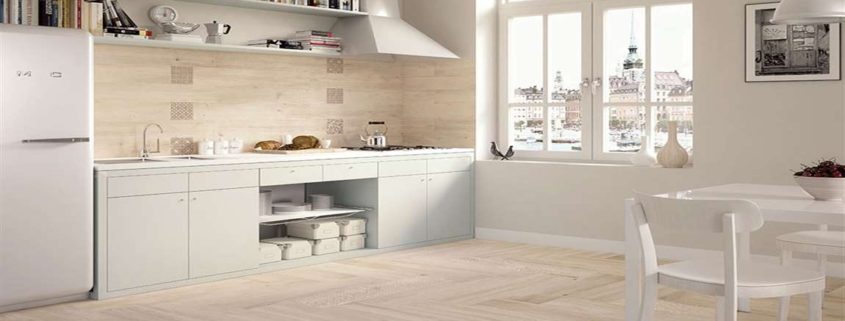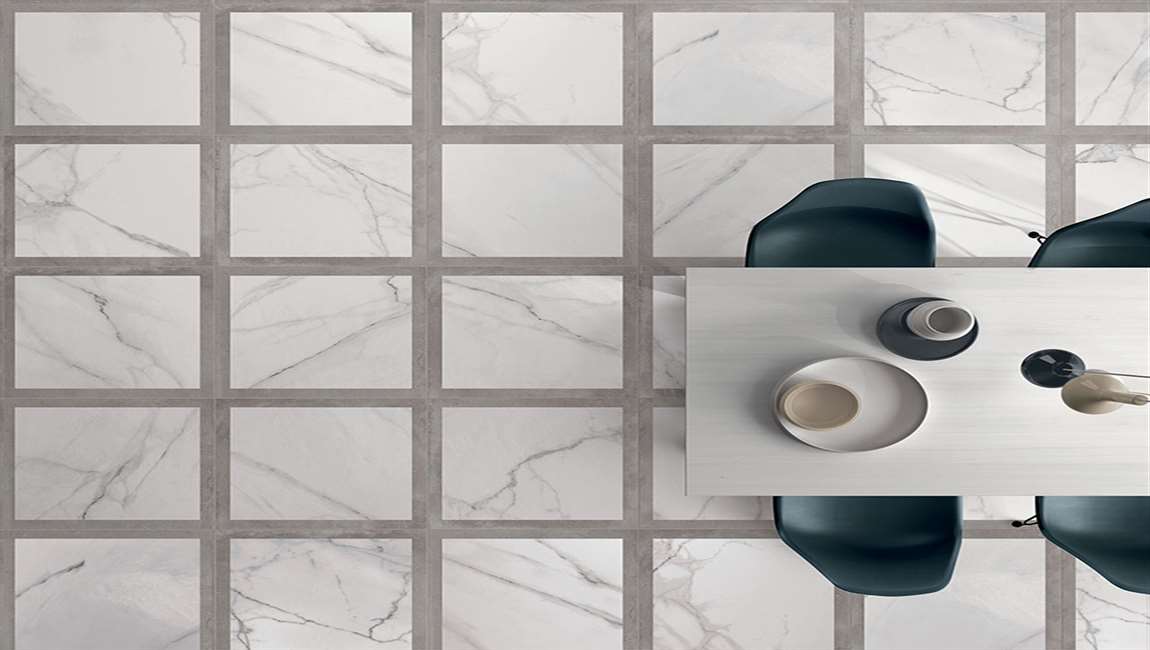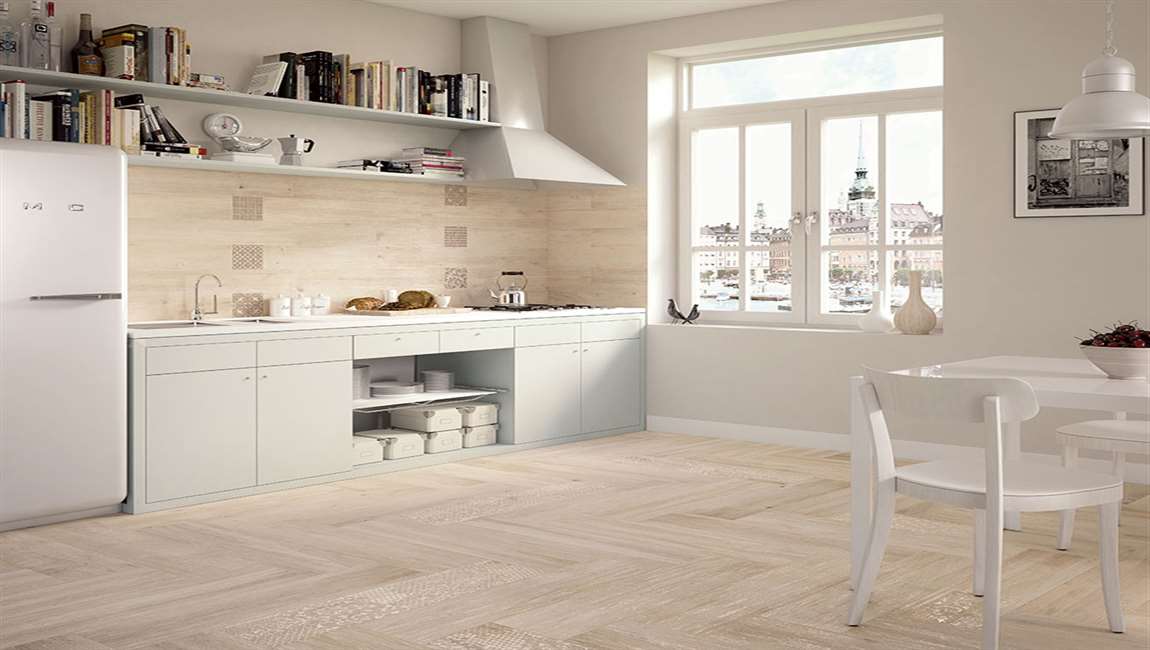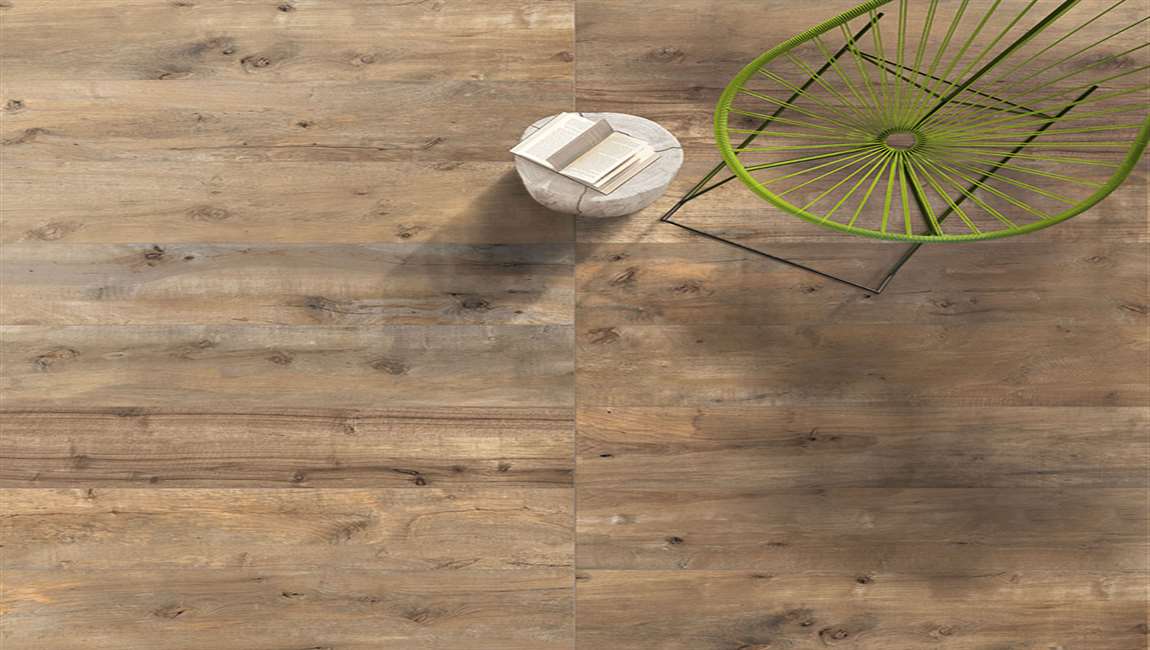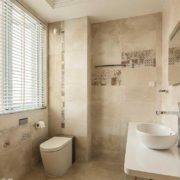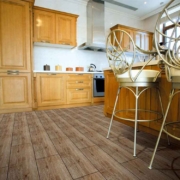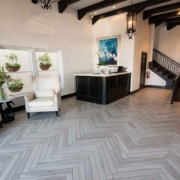How to Drill Ceramic Tile?
Ceramic tile is both hard and brittle, making it easy to damage both tile and drill bit. Adopt a patient approach with the correct tools, and you have a high chance of success. Hopefully, you will not have to read the included instructions for repairing cracked tile.
Diamond bits are more expensive, but can drill through extra-hard tiles. You may need these for modern porcelain tiles (made since the late 1990s), because they’re much harder than ceramic tiles. Masonry bits are made from carbide-tipped steel. These are strong enough to drill through, but their shape increases the risk of shattering porcelain and other brittle tiles.
As a last resort, use high speed steel (HSS) bits. Expect these to wear down after one or two holes. If drilling a large hole for plumbing installation, use a hole saw bit made from one of the above materials. Make sure its central pilot bit is also made from a suitable material.
Wear safety glasses. Ideally, the wood tile should not chip or break. In the event that it does, your eyes should be protected. Cover the area with masking tape. Tape over the area in an X shape, marking the site of the hole. This will help give the drill bit some traction, reducing the chance of it slipping. The tape also makes chipping less likely on the outer rim of the hole.
Tap the drill bit in lightly with a hammer. A drill bit may skip and jump around on the tile’s smooth surface, unless you make a small pilot hole to steady it. Hold the drill bit over the center of the X and tap it in with a hammer. Tap gently to avoid damage, repeating until you’ve made a small dent through the surface of the glaze. If you’re using a solid drill bit larger than 1⁄4 inch (0.6 cm), consider drilling a pilot hole with a smaller bit first.
Drill through the tile slowly. Set your drill to a low speed and apply modest pressure to the surface. Allow the drill to work slowly, rather than push hard and crack the tile. This may take three or four minutes. Applying too much pressure can cause the wall tile to blow out and crack on the backside, creating a weak spot in the tile and often a much larger hole than originally intended.

